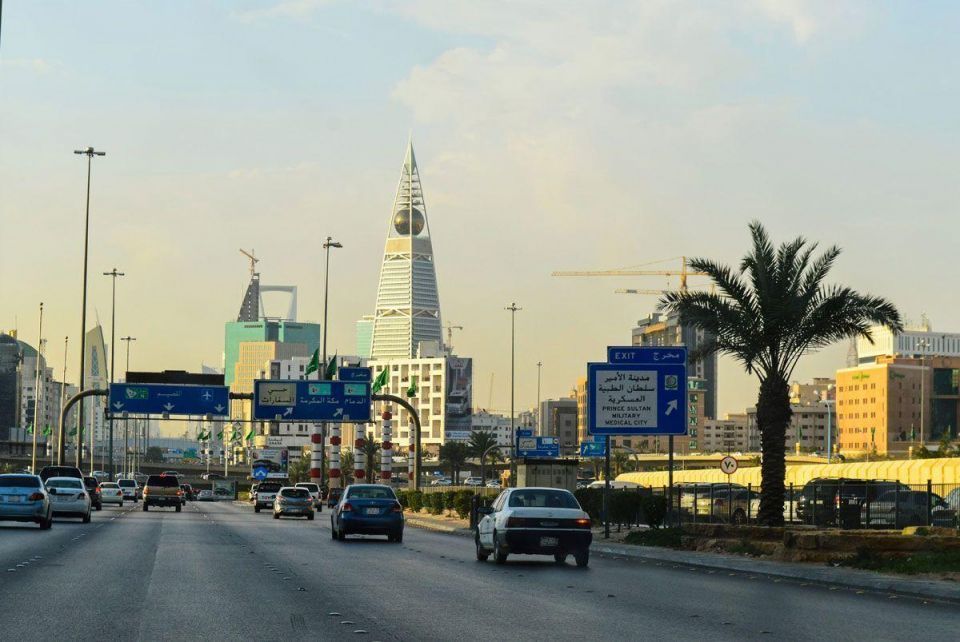Saudi Arabia’s real estate market continued to be one of the world’s worst performing in the last three months of 2017, according to new figures. Knight Frank’s Global House Price Index Q4 2017 ranked the Persian Gulf Arab kingdom 56th out of 59 property markets covered.
It said that prices in Saudi Arabia have dipped by 2.2% over the past 12 months. The index also said prices fell by 0.2% over the last three months but rose marginally by 0.2% over a six-month period, Arabian Business reported.
Recently, analysts have pointed to rising residential market supply in key cities such as Riyadh and Jeddah, putting pressure on both sales prices and rents. Only real estate markets in Ukraine (down by 5.1%), Peru (-4.2%) and Russia (-3%) performed worse year-on-year.
Knight Frank said prices on average increased by 4.6% in 2017, adding that house prices increased in 85% of the countries tracked last year. Iceland (15%) and Hong Kong (13.7%) continued to lead the index but their rate of growth has slowed, it added.
The index’s more moderate rate of growth is reflected throughout the rankings. The gap between the strongest and weakest-performing housing market has narrowed from 27 percentage points last quarter to 20.
The supply of homes for rent serving senior executives, expatriates and short-term visitors continues to grow in Riyadh, while the issue of affordability for mainstream residential units remains, according to consultants JLL.
Meanwhile, Saudi Arabia’s economy had a mixed start to the year, with retail sales down and inflation up, according to a report released recently from Jadwa Investment.
The data, based on official Saudi figures released by the government, revealed that point-of-sale transactions dropped 19% month-on-month in January, after a 20% increase in December, prior to VAT implementation at the beginning of the year. On a year-on-year basis, POS transactions rose by 4.3%.
Inflation rose in January 2018 by 3% year-on-year, and 3.9% month-on-month, which the report attributed to the implementation of VAT and utility and fuel price reform.
On January 1st the price of Octane 91 increased by 82% while 95 Octane rose 126%, while the imposition of VAT saw 5% added to the majority of goods and services.
The moves were part of a government drive to reduce subsidies and tackle a predicted deficit of $52 billion for 2018.
The report also showed that housing and utilities prices rose by 1.3% year-on-year, while food and beverages prices increased 6.8% year-on-year in January.


